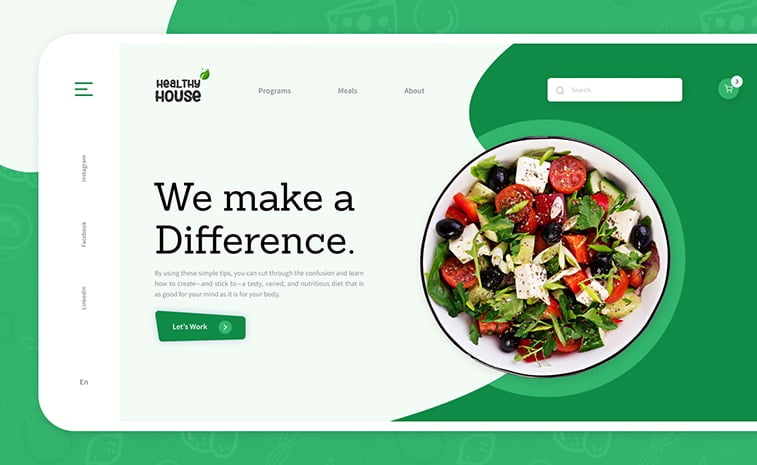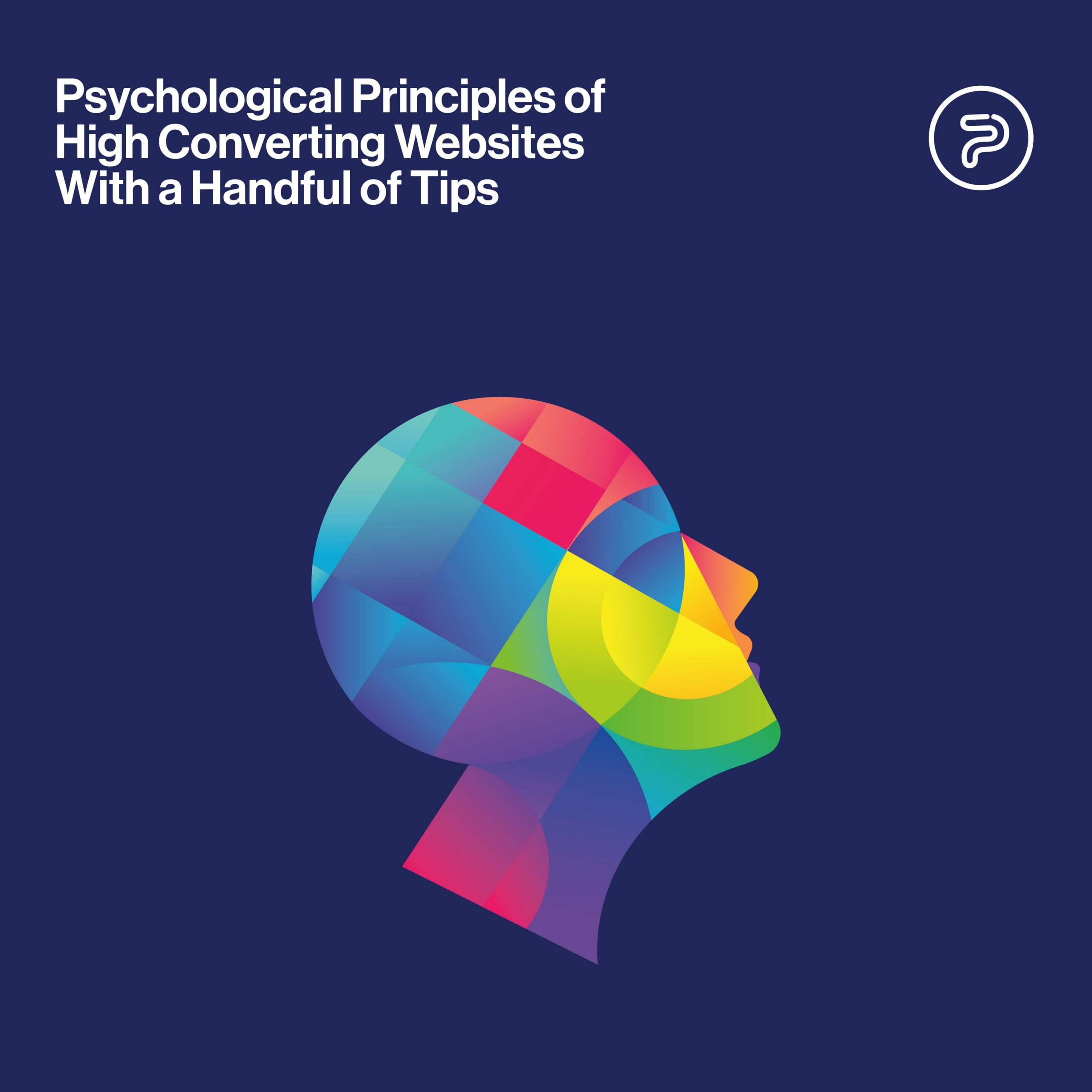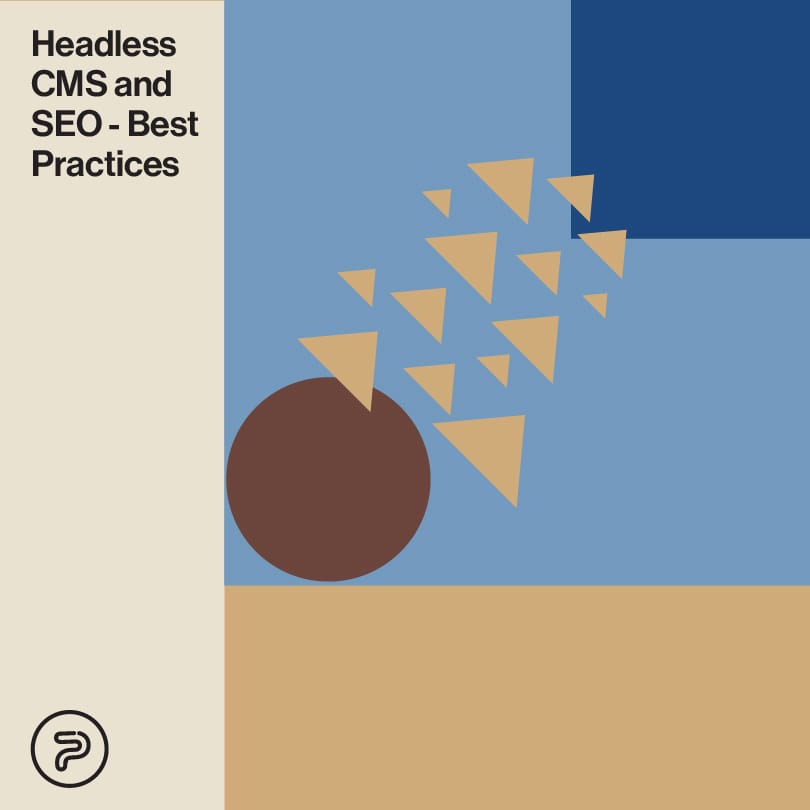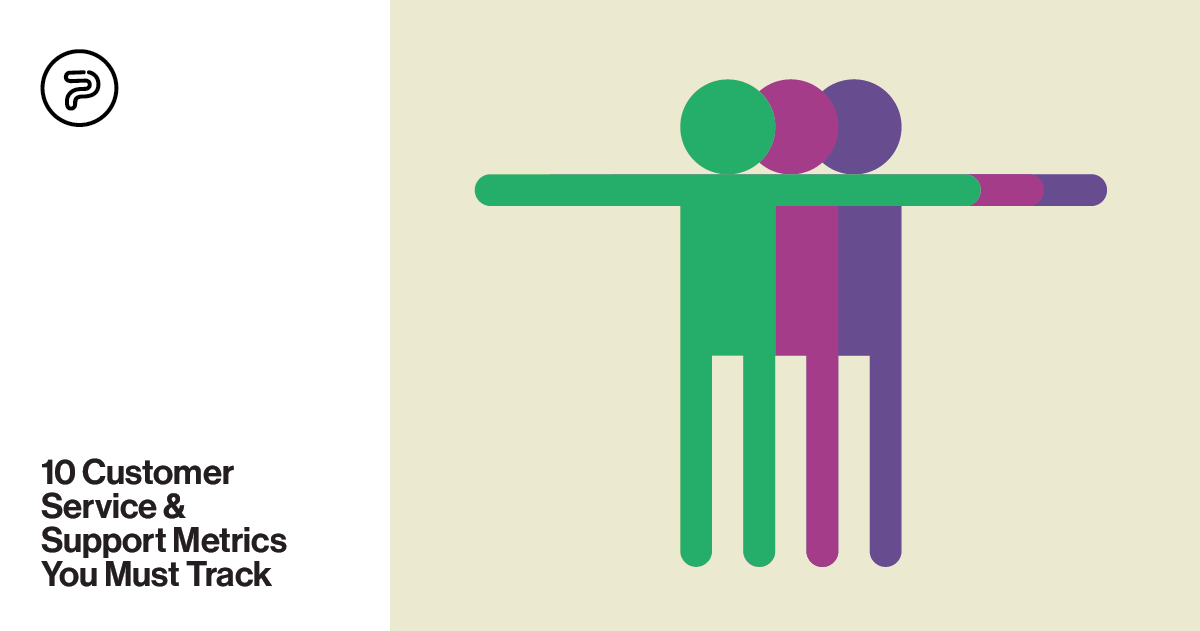In the world of digital marketing and web design solutions, there are only a few things more nerve-wracking than spending days configuring a new and promising A/B test just to find out that the end results basically weren’t worth all that fuss.
We’ve all been there.
Even worse, there are instances when you take a website, go over it step by step, removing unnecessary links, optimizing all CTAs, getting rid of bad headlines, and changing them to converting ones. And things are going fine, with growing conversion rates with each passing day. And then, after a few months, the flood gates close and everything comes to a screeching halt. You’re trying your best to come up with new ideas, but even your most complex and smartest strategies are only enough for a measly 3% bump…
Some experts agree that this is the point when you want to turn to science. No, not rocket science, but behavioral psychology to start evaluating potential tests for new strategies that might bring back those sweet conversions.
So, which are those psychological principles that you need to know if you want to have high-converting websites?
Read on to find out.
The Law Of Pithiness
Without sounding too technical and scientific, the law of pithiness comes from the German Gestalt principles, stating that people have a tendency of ordering their experiences in a simple, symmetrical manner.
Essentially, people prefer clear and orderly things and we tend to be a bit wearier about complicated ideas and complex designs. Deep down, we kind of know that simple things are easier to understand and won’t hold any unpleasant surprises.
This is why most of us hate credit card terms of service, and this is why most of us like simple return policies.
At this point, this might sound a bit odd, and you might be wondering what these things have to do with conversion rates.
Well, for starters, take the example of The Sims 3 video game. Even though it has already become one of the best-selling game franchises of all time, the company behind Sims knew that there were still conversion opportunities to uncover.
On their website, initially, they had four different primary CTAs:
- Login (Sign up)
- Read the latest news
- Getting free stuff
- Store browse
What they did to improve conversion numbers was rather easy and impressive: instead of cramming all CTA’s into one page, they tested six variants with each focusing on only a single CTA.
While each of the six variations managed to boost conversions pretty impressively (with the “weakest” score being 43%), variant D won, which offered a free town after registering to the website.
Basically, what this means is, having a myriad of different amazing features on your site and pages isn’t basically a bad thing, but it might overwhelm some of your visitors. Throwing them at your potential customers all at once might be too much. As such, choosing the most powerful feature or CTA can go a long way.

The Law of Past Experience
You might have heard of this principle which is often referred to as the concept of mental models. This principle finds that our experiences from the past influence our interpretation of current situations and experiences.
This principle can be a bit trickier than most. Mostly, because each of us has highly personal past experiences, meaning that what might manage to influence a visitor might have no effect on the second visitor. Also, past experiences appear to hold a weaker influence on our perception than other psychological principles, meaning they can be easily overridden.
Undoubtedly still, many past experiences are rather powerful and may be worth a shot.
As a matter of fact, let’s take the example of Fab.com. The major eCommerce player was pretty aware that even a small bump in their click-through rate (CTR) on their “add to cart” option would make a significant difference in their bottom rate.
When assessing their current state, they knew that the fashionable cart icon for their cart button and expendable product images were great design choices but they knew that they still had a few aces up their sleeve.
As such, they came up with a test that looked at two modified elements:
- Manufacturer attribution (“by Blu Dot x Fab” and “by Quality”)
- Call to Action (“Add To Cart” and “+Cart”)
In the end, the second variation, with the modified CTA and the extra descriptive text gained them a hefty 15% increase.
On the other hand, the first variation exceeded their expectations. A simple descriptive text and a button with the simple words “Add To Cart” led to a whopping 49% increase.
So, what do you think, what was the culprit behind this large increase?
The explanation is really simple. While the initial fashionable shopping cart icon is eye-catching and rather cute, it’s also a bit confusing. On the other hand, after a decade or two of online shopping, most people expect a more old-fashioned checkout button that would say “add to cart”.
As you can see, omitting these old mental models might be great improvements from a design standpoint, however, it may also confuse some customers.
The Principle of Cost/Benefit Analysis
As Elliot Shmukler from Wealthfront and LinkedIn once said, growth can be basically boiled down to three different levers:
- Increase exposure or reach more people
- Decrease friction: make it easier for people to take the target action
- Increase incentive or create a better benefit
With this in mind, we can say that the principle of cost/benefit analysis stands to explore the connections and interactions between the last two levers. When it comes to human behavior, we are significantly influenced by the relationship between an action’s benefit and its perceived cost.
For example, this is the struggle you sometimes feel when you want to download an ebook but have to complete a 10-minute online survey to do so. On the other hand, most of us will gladly enter our email address if that’s the cost.
So, how can you apply this principle in website design?
For example, take Meebox, a web hosting company from Denmark that wanted to increase its revenue. As such, the people in the company made the decision to test their entire business model and run a few experiments on their entire testing structure.
Apart from their original three pricing plans, the Danish hosting firm also tested offering generous discounts, which offered savings up to 40% for those users who have joined their clientele for two years.
The discounted pricing model variation managed to generate a whopping 112% increase in revenue, a stellar 51% increase in conversions, and a respectable 46% growth in AOV, or average order value).
How did the system manage to do so great?
It’s rather simple. The discount basically makes the customer risk much less when it comes to purchasing, and as such, making the benefits of joining the hosting company look better.
And as probably more people will join because of the discounts, the company will also have a larger clientele palette for recurring revenue and future upsells. And as most entrepreneurs will tell you, it’s a lot easier to convince a current customer to purchase more than trying to get a new, potential customer to make their initial purchase.
Fitt’s Law
If you’ve spent even a week in the world of digital marketing or web design, you know that page loading speed has a dramatic effect on conversion rates. On the other hand, a lot less is talked about the actual time it takes to perform the desired action.
In this perspective, Fitt’s Law proposes that the time it requires you to move your mouse to the desired area (like a cart or a sign-up button) is “a function of distance to the target and size of the target”.
What this means is, you can create ways to increase the click-through rate to the desired action simply by making it larger (the button itself, not the text) and placing it in the vicinity of the mouse’s expected location (and in a multi-page form, the buttons should always be placed in the same position to eliminate unnecessary mouse movement).
Following the same principle, you can also decrease undesired actions. Things like cancellations can allegedly be reduced by using a smaller target (like a text link) and placing it at a larger distance from the starting mouse position, which is usually near the page’s bottom.
Next time you are on WordPress, just take a closer look at it. Their UX more or less follows Fitt’s Law pretty closely. Their frequent actions like “Publish” will always have large buttons and texts, while the less frequent and less popular actions (like the “Move to Trash”) will use smaller links.
To get a better idea of what we’re talking about, here’s a stellar example from the car manufacturer Hyundai.
The company created a website to book more brochure requests and test drives in the Netherlands. Their only problem was that no one really signed up.
To tackle this problem, the marketing agency in the company decided to try a three-pronged approach:
- Using SEO-friendly text with the train of thought that if it didn’t hurt conversions it could also be used to increase general traffic
- Using larger images that are graphically more appealing
- Implementing two large CTA buttons
Before launching the test, the visitor was only able to order a brochure or book a test drive only by finding and clicking a tiny text link that was nestled in the left sidebar.
In the new variant, the visitors got two huge CTA buttons right above the fold. When looking at the combined results, there was a respectable 62% increase in total brochure and test drive requests and a whopping 208% increase in CTR.
On the other hand, the Hyundai test was more on the intricate side. It was proper multivariate split testing, with running eight different variations always combining one or more of these changes. In the end, the variant with all three mentioned changes managed to bring home the best results.

Facial Recognition
We are humans and as such, we subconsciously look at and watch for other human beings. We will automatically jump to a human face when we come across one on a website and check for the emotions that are showing on their face. It’s nothing intentional and most of the time, we aren’t even aware that we’re doing it.
You might be asking, where this is going, and how possible can a human face on a website improve your conversions…
Well, they usually do it in two ways:
Attracting Attention
As mentioned above, faces grab attention, and oftentimes, they do a better job than anything else. You can leverage this to direct your page visitors’ focus to the most important elements of your pages.
Just think about it, if you use a face that’s directly looking at your CTA most visitors will also take a look at it.
Here’s a good example of what we’re talking about: in the ‘60s, experts conducted a study on human behavior in which they had different-sized groups stand on public sidewalks staring at basically nothing. When a single person was looking up, it drew little attention, with only 4% of the passers-by joining, however, when a larger crowd of 15 people were gazing up together, nearly 40% of the passers-by joined.
Conveying Emotion
According to professionals, people are experts when it comes to reading human emotion, which carries over to the emotion on the faces that we see on websites as well. Also, the emotions we see displayed on those faces may subtly influence our own feelings as well. If a person looks really sad or happy on a site, we are likely going to feel similar. However, this can be off-putting as overly exaggerated emotions on stock photos can seem fake.
Also, studies in this particular field have concluded that the most emotion-sharing is evoked by positive emotions and that the hormones released by empathetic sadness may even increase the likelihood of donating.
With all this said, let’s take a closer look at the case study of Highrise, a CRM solution business that launched an A/B test based on facial recognition.
The control in the test was their original site design, a normal, but fairly busy site with distractions and lots of details.
In the test variation for the experiment, they aimed to reduce everything into three primary elements: a short sales copy, a large screenshot, and a huge background image with a smiling customer on it.
This variation managed to increase conversions by 102.5% when comparing it to the original baseline control site layout.
After seeing the results, the company also tested a few other faces to see whether there are any differences. All in all, some faces landed a slight 5% improvement, but overall, it was safe to say that the specific face mattered less.
Taking it Home: Psychology to Guide, Tests to Measure
At the end of the day, behavioral psychology principles are just that: useful theories that have managed to work so far. However, that doesn’t mean that they are fully bullet-proof. Also, at times, they can overlap which means that while you are trying to apply one principle, you are, as a matter of fact, violating another without even realizing it.
As such, these psychological laws can have incredible guidance and may be the foundation of your strategies but you still need to run the necessary tests to see whether your particular implementations work or not.
Sometimes, you will need larger buttons, other times videos, and in cases, a smiling face in the background will be able to do the trick. The results and the strategies will always vary from website to website.
That is why planning high-potential split tests is essential for higher conversion rates.





